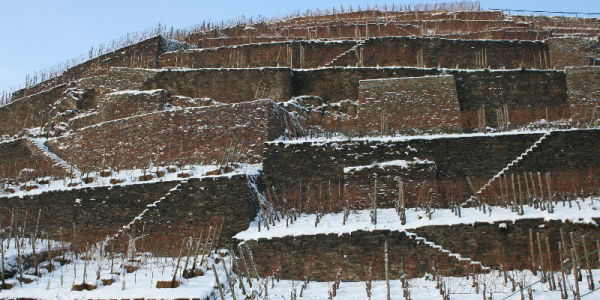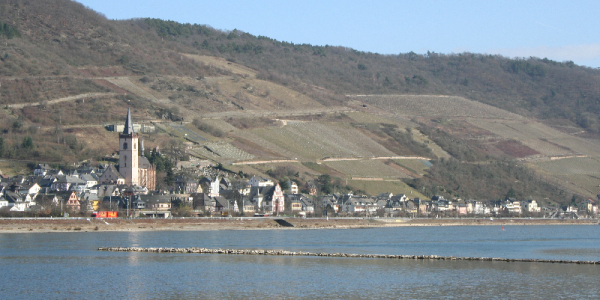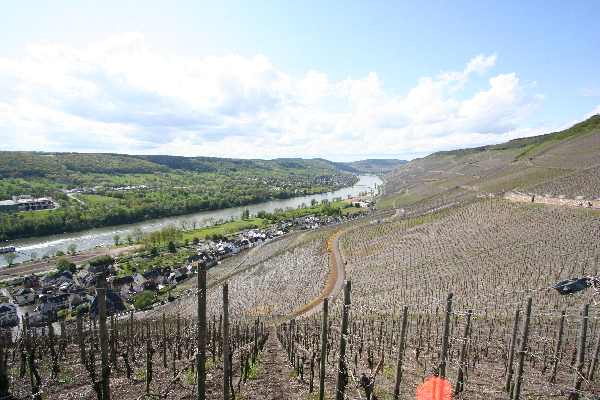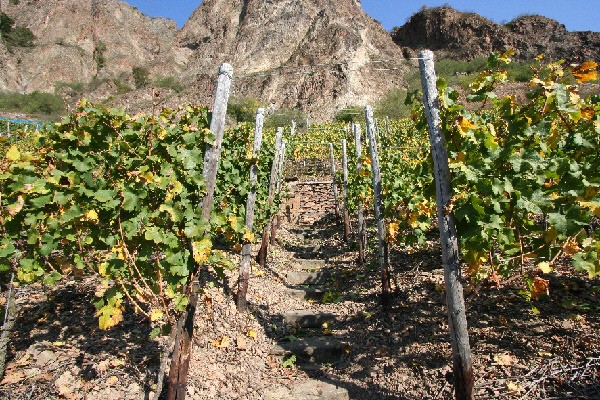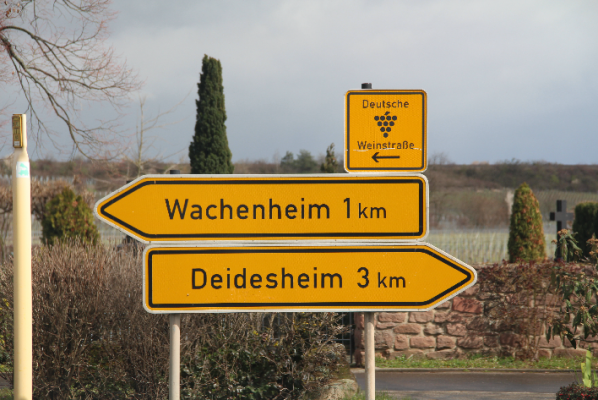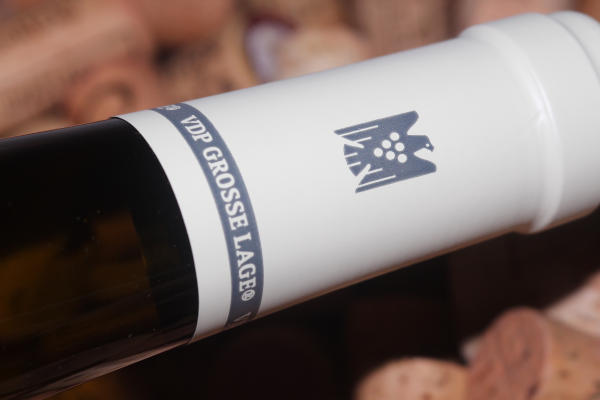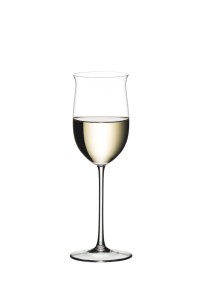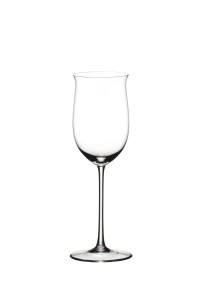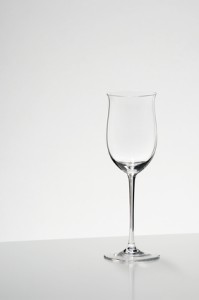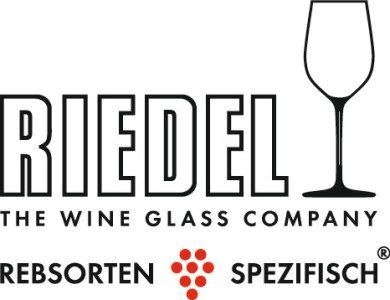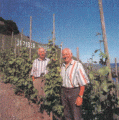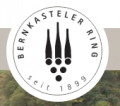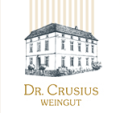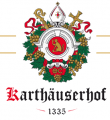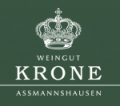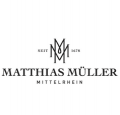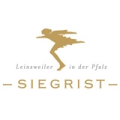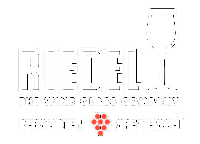Sommeliers Rheingau | Riedel
EUR 79,00 pro Stück
incl. 19 % VAT excl. shipping costs
delivery time 3 bis 5 Werktage
![]()
Product.Nr. 4400/01
grape varieties| Riesling
wine style| restsüße Weißweine
production| mundgeblasen
manufacturing method| handgefertigt
Riedel Glas Series| Sommeliers Serie
grape varieties| Riesling
wine style| restsüße Weißweine
Wine age recommendation| Weißweine bis zu 15 Jahre
material| Kristallglas
production| mundgeblasen
manufacturing method| handgefertigt
More grape varieties for this glass|
Grüner Veltliner|Pinot (Blanc, Grigio, Gris)|Roter Veltliner
More styles by origin for this glass|
Prädikatsweine: Kabinett|Spätlese|Auslese|feinherb|Mosel-Saar-Ruwer
Designyear| 1973
volume in ccm| 230
glass height in mm| 206
Riedel article| 4400/01
wine description
Sommeliers Rheingau | Riedel

